The current era of transition for Amtrak’s roster harkens back to motive power that shaped the passenger rail carrier — for better or for worse. Excluding EMD F40PHs, as they’re in a league of their own, here are five memorable Amtrak locomotives.
SDP40F
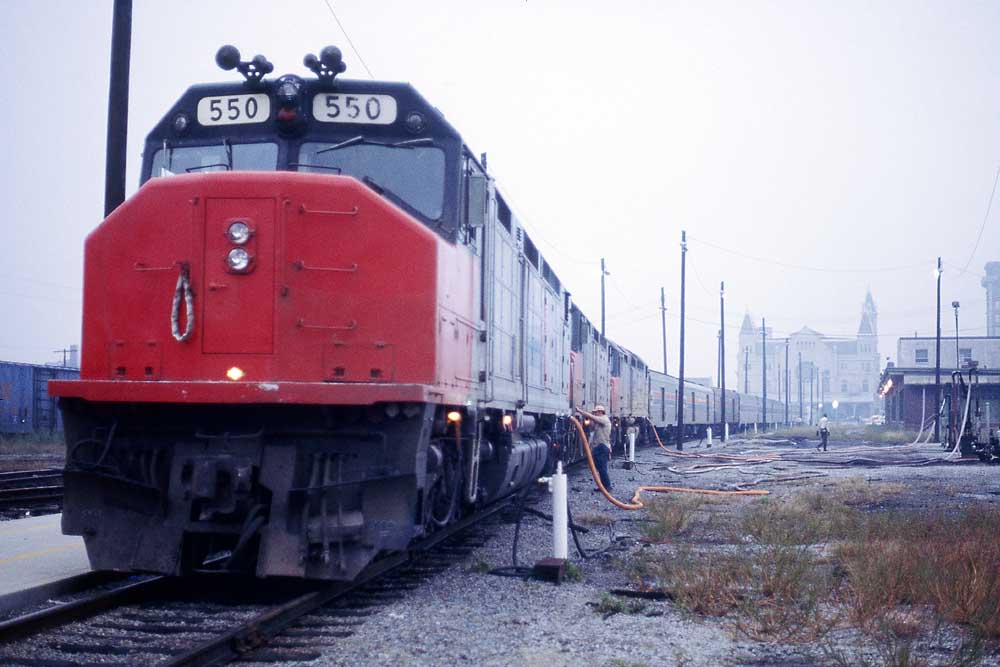
Initially rolled out in 1973, the SDP40Fs became the first passenger diesels specifically built for Amtrak, primarily for long-distance trains. With little confidence in the carrier at the time, the design by EMD became a fully cowled SD40-2 with steam-powered generators that could see an immediate reconfiguration to freight service if Amtrak folded. However, increased ridership in the wake of the 1970s oil crisis gave the carrier some stability. The same couldn’t be said regarding the 150 SDP40Fs EMD produced.
The freight-adaptive design put significant weight on the SDP40Fs as they traversed an outdated rail network at high speeds. This resulted in multiple derailments, prompting restrictions on various host railroads. The locomotives were ultimately removed as new F40s with head-end power took over by the late 1970s. Despite their ironic failure, the SDP40Fs and their unforgettable “bloody nose” paint scheme led Amtrak in a direction that would take the carrier beyond its intended lifespan.
AEM-7
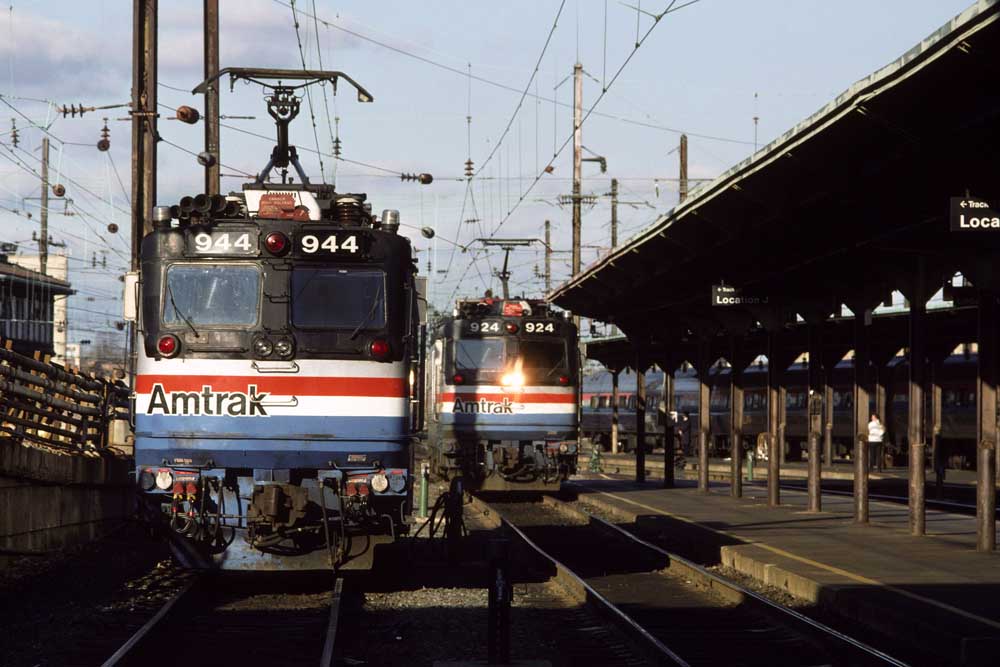
Due to troubles with GE E60CPs, the AEM-7 became Amtrak’s second attempt for a new electric locomotive along the Northeast Corridor. The carrier took notes from overseas, bringing in two different designs for testing and evaluation. ASEA’s Rc4 from Sweden came out on top, and the company joined forces with EMD to produce 47 AEM-7s by the early 1980s. A total of 54 units were built.
While not show ponies in the style of the Acela Express, the AEM-7s truly were workhorses for Amtrak’s NEC regional service. Commuter operators along the route also put these locomotives to good use over the years. Having been retired from regular service by 2016, their longevity and regularity are to be admired, garnering many fans over the years and earning the nickname “toasters.” For a second swing at a new electric locomotive, the AEM-7s became a homerun for Amtrak.
Dash 8-32BWH
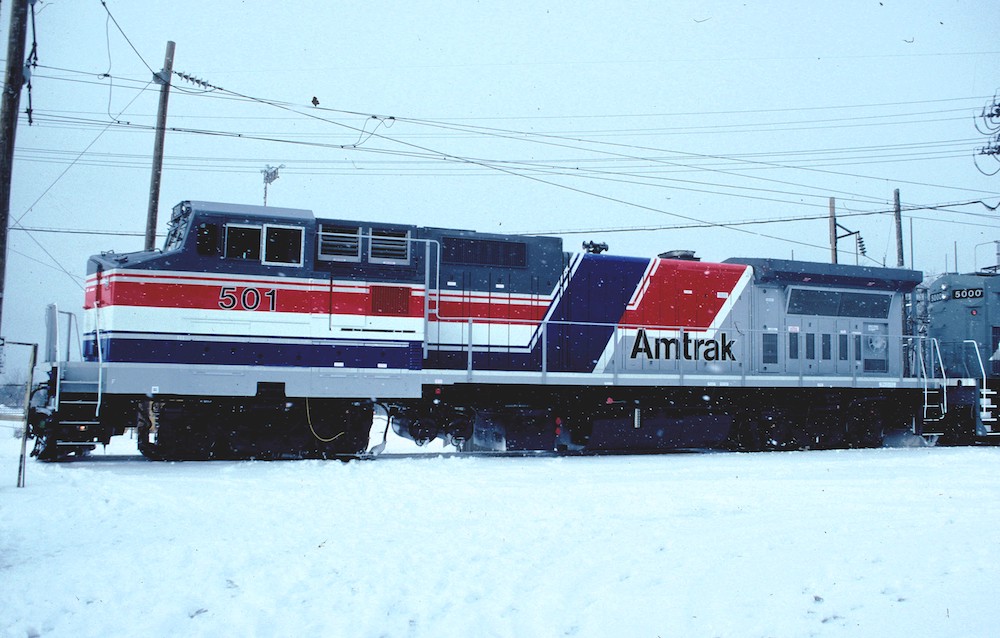
The early 1990s prompted the revitalization of Amtrak’s locomotive fleet due to the F40s impending retirement. General Electric’s Genesis series ultimately became the long-term answer, though a cost-conserving option was also brought to the table. Using the previous method of reconfiguring a freight design for passenger service, the GE Dash-8 series became the template with modifications, including a wide cab and head-end power. The result was the Dash 8-32BWH, introduced in 1991; Trains’ November 1991 issue described it as a “statement in paint.”
Amtrak sought a new look when readying to roll out these locomotives. Out of more than 100 designs for the 20 built, the company chose a new scheme that, to both fans and workers, resembled a can of Pepsi-Cola. The locomotives immediately earned the nickname “Pepsi cans” as they mainly traversed Amtrak’s routes in the West. The Dash 8-32BWH certainly played a role in Amtrak’s motive-power transition, but they have since been demoted to yard switchers at some of the major terminals. While occasionally filling in on passenger duties today, the clock is ticking for the 16 survivors.
HHP-8
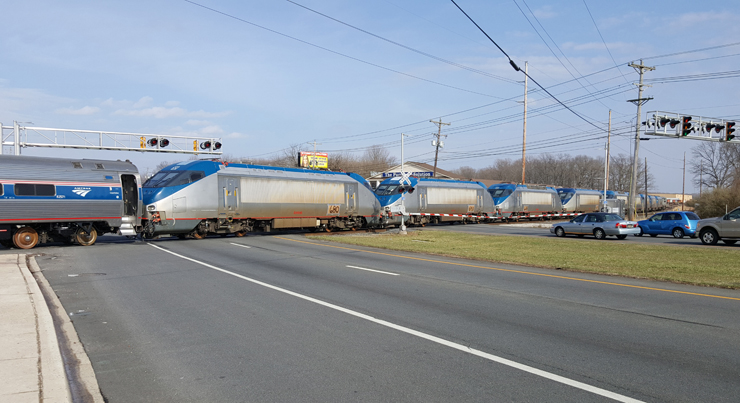
The 2000 debut of the Acela Express brought about Amtrak’s desire for a new electric locomotive with features similar to the high-speed trainset. Partners Bombardier and Alstom built 15 HHP-8 “high-horsepower” locomotives from 1999 to 2001 for the Northeast Corridor. Initially intended to replace what remained of the E60s, the dual-cab units complemented the AEM-7s by handling regional services with longer consists, in addition to long-distance trains traversing the corridor.
The HHP-8 used the same propulsion technology as the Acela Express with a similar streamlined appearance. Alongside its trainset counterpart, the locomotive introduced what would later become Amtrak’s Phase V paint scheme. While reliability became a problem in their career — retirement came in February 2015 after the Siemens ACS-64’s introduction — the HHP-8s are noteworthy for their role in introducing Amtrak’s new image at the turn of the 21st century.
Genesis
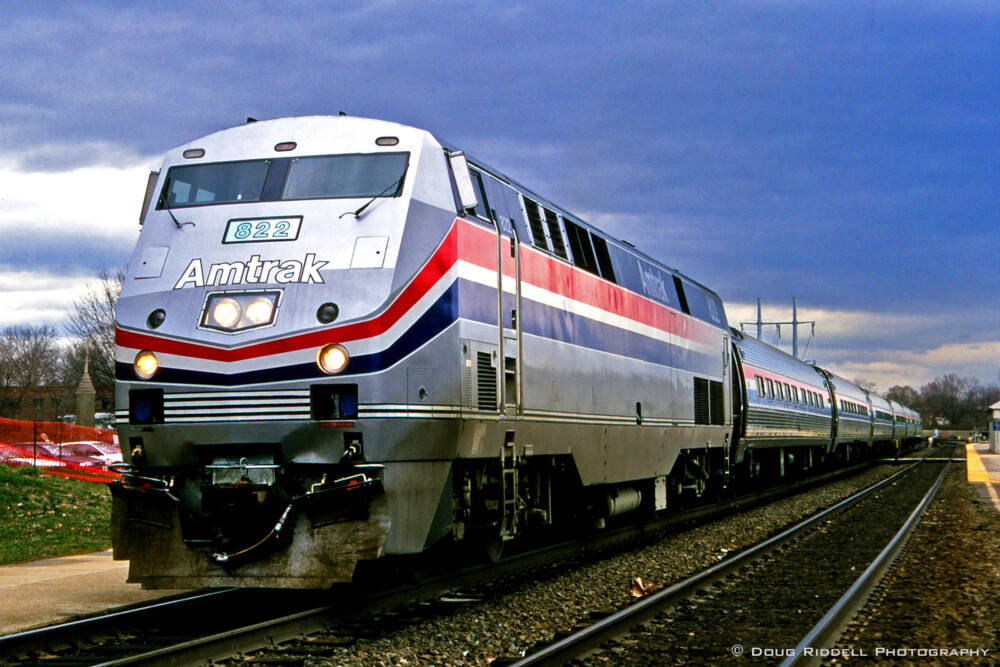
The Dash 8-32BWHs filled some of the void when phasing out the F40s, yet Amtrak still desired a legitimate replacement with an all-new design that was modern, lightweight, and state of the art. GE was chosen to construct a streamlined monocoque (single shell) body for a lower profile and weight, yet rated for 4,000 hp while accelerating at 103 mph. The first series of the Genesis family — AMD-103 or P40DC — were built between 1993 and 1994, followed in 1996 by the more common 4,200-hp P42DCs. The third series became the P32AC-DMs, designed specifically for third-rail electrified lines in New York City.
Much like the F40s in their prime, the Genesis series became the prime workhorse for Amtrak from the mid 1990s until recently. The locomotives were featured next to the Acela Express in posters as part of marketing campaigns. Versatile machines, they could be seen everywhere along Amtrak’s regional and long-distance services, from sea to shining sea. But much like the F40s in their later years, the Genesis series is being slowly phased out for Siemens’ Charger locomotives. Thus, we are circling back to another era of transition for Amtrak’s roster.






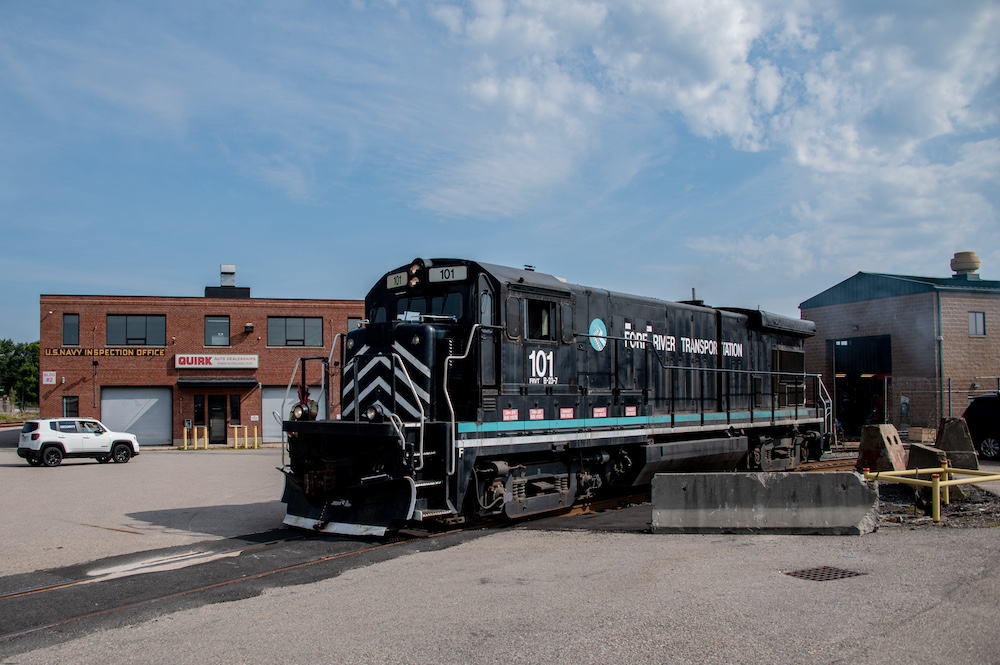
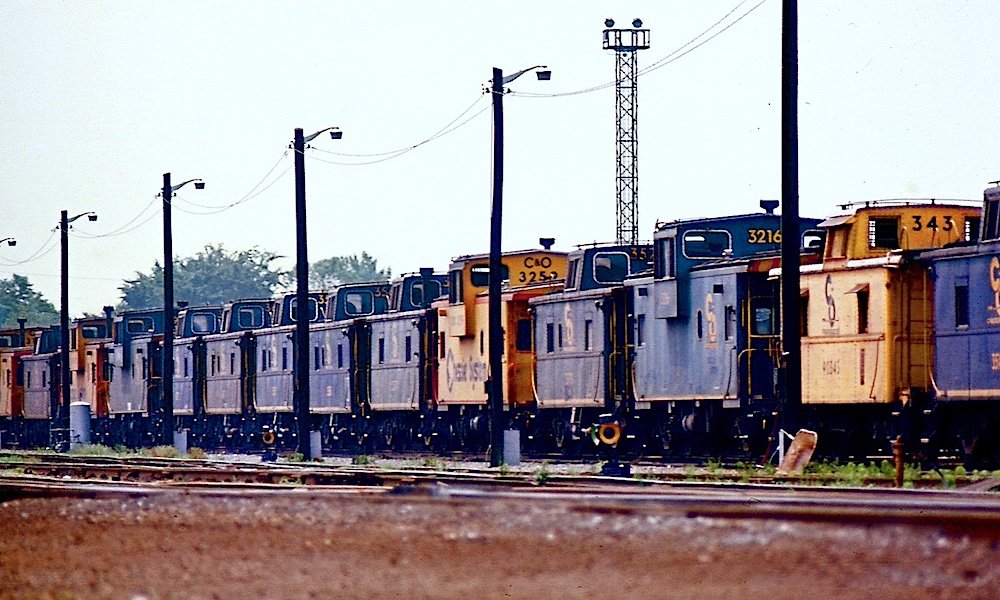
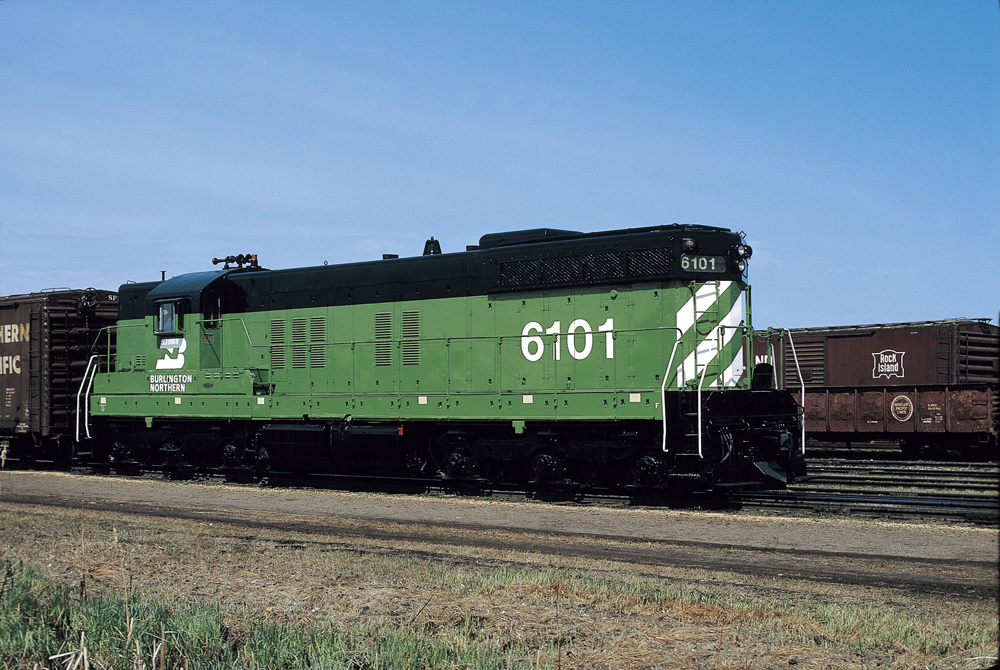
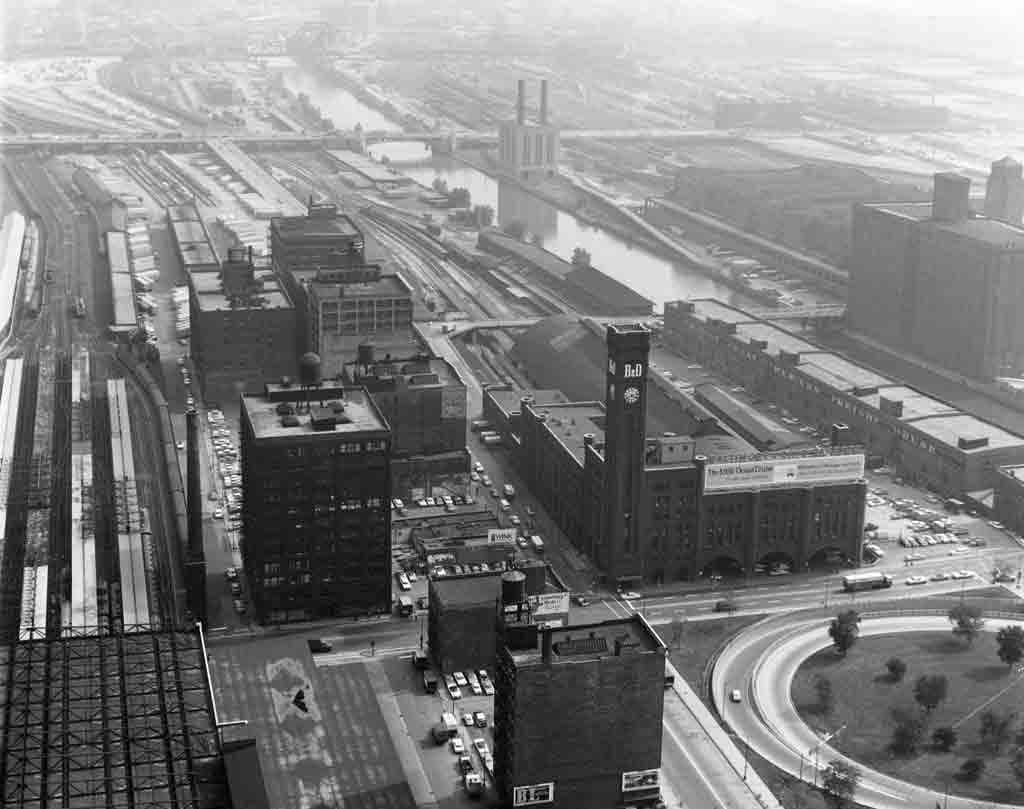



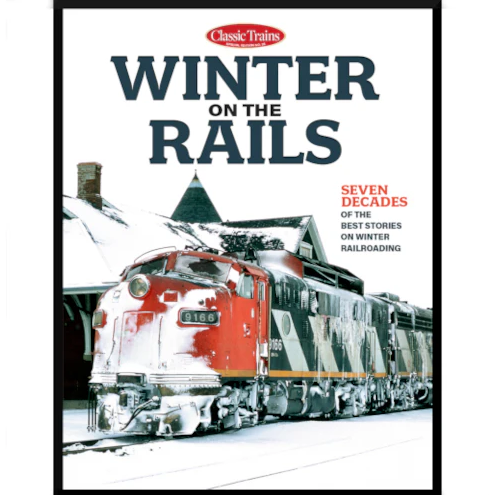
And not a word about the F40PH…..shame on you. They were far more memorable and made far more impact on Amtrak’s fortunes than oddities like the HHP-8.
Only difference is that diesel replaced steam because it was a better tech in terms of utility. Replacing diesel (modern Hybrid has unlimited potential) with electric to eliminate fossil fuels is not the free market deciding what’s best. It’s a lateral move brought about by an extremist agenda. I love their analogy to horses vs cars. Its silly as electric motors predate ICE. Fossil fuels combined with hybrid which locos already use will always be the best bet for heavy freight and also local switching. Electric is good for high density fast passenger routes. It would kill the RR industry to force electrification on margina routes and branches which are key to sending traffic into the national network and off roads.
Given the durability of well designed diesel locomotives, the Siemens Chargers may last in revenue service through the 2050s. However, advancing technology to replace fossil fuel may shorten their potential lifespans as diesel technology did the newest steam locomotives in the middle 20th century.